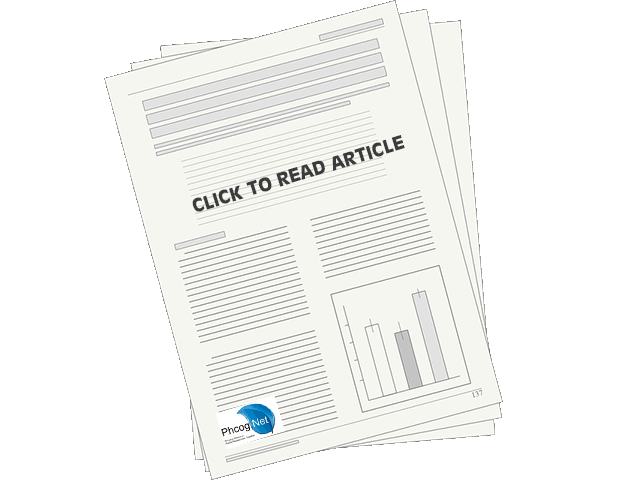Free Radicals and Cardiovascular Diseases: An Update
DOI:
https://doi.org/10.5530/ax.2011.1.4Keywords:
Cardiovacular diseases, Oxidative stress, Endothelial dysfunction, Review, Reactive oxidant species (ROS)Abstract
In recent years, a multitude of studies provide comprehenisve evidence that increased production of reactive oxygen species (ROS) are involved in the development and progression of cardiovascular diseases. The ROS are common byproducts of many oxidative biochemical and physiological processes. They can be released by mitochondrial respiration, NADH/NADPH oxidase, xanthine oxido-reductase or the uncoupling of nitric oxide synthase (NOS) in vascular cells. ROS mediate various signaling pathways that underlie cardiovascular pathophysiology. In a number of cardiovascular disease conditions, the delicate equilibrium between free-radical generation and antioxidant defense is altered in favor of the former, thus leading to redox imbalance i.e. escalating oxidative stress and increased tissue injury. This review focuses on the updated evidences concerning involvement of ROS in cardiovascular diseases.
Downloads
Metrics





